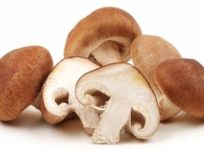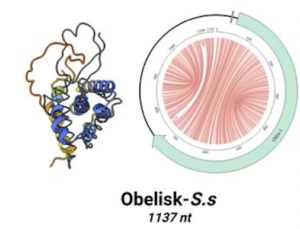ASU & Pycnogenol Join Glucosamine on Frontline of Natural Arthritis Therapies
Pycnogenol, an extract of French Maritime Pine bark, and Avocado-Soybean Unsaponifiables (ASU), compounds extracted from soy and avocado oils, work as well or better than available anti-arthritic medications. They also have fewer side effects and cost less.







